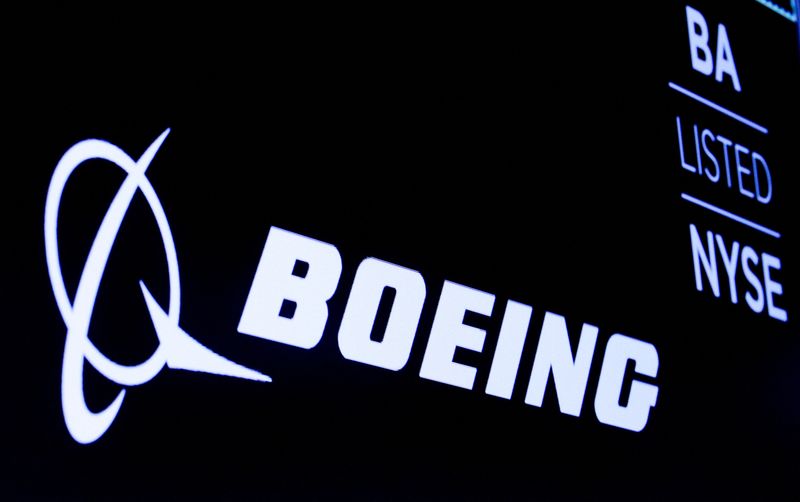Bubble or no bubble, this is the best stock for AI exposure: analyst
Investing.com -- Aerospace suppliers with exposure to Boeing’s 737 MAX program are positioned for growth following the Federal Aviation Administration’s decision to lift production rate caps, according to analysis from Truist Securities.
The FAA announced on Friday, October 17th after market close that Boeing can now increase 737 MAX production to 42 aircraft per month, removing previous restrictions that had constrained manufacturing output. This development was widely anticipated by investors and creates positive momentum for key suppliers in the aerospace supply chain.
Truist Securities has identified four preferred suppliers that stand to benefit from this production increase:
Truist maintains a $58 price target for ATRO, representing an EV/EBITDA multiple of approximately 14x on their 2026 estimated EBITDA of $166.9 million. This valuation reflects a discount compared to the aerospace peer average of 17.5x, accounting for the company’s improving but still challenged margin profile. Potential risks include future production rate changes, execution issues within recently acquired business units, ongoing patent litigation, airline discretionary spending levels, and the pace of global aviation recovery.
With a price target of $217, Truist values HXL at an EV/EBITDA multiple of 34x on 2026 estimated EBITDA of $2.71 billion. This premium to the commercial aerospace peer average multiple of 19x is supported by the company’s strong operational track record, positive cash generation outlook, and potential for market share gains. Key risks include lower than expected build rates, raw material procurement challenges (particularly metals), labor constraints, and potential economic downturns affecting commercial transportation.
Truist assigns a $75 price target to HWM, based on a multiple of approximately 29.9x their 2026 estimated EPS of $2.51. This represents a discount to the company’s five-year historical forward average multiple of 32x but exceeds the peer group average of 24x, justified by HWM’s high wide-body exposure and margin expansion potential. Downside risks include commercial aerospace build rate delays, input cost pressures affecting margins, defense spending reductions, and weakened demand for commercial and industrial products.
With a $294 price target, Truist values WWD at approximately 38x their calendar year 2026 EBITDA estimate of $761 million. This premium to the sector peer average of 17.5x reflects expectations for continued operational improvements and margin expansion. Risks to consider include potential delays in production rate increases at major aircraft and engine manufacturers, labor and supplier disruptions, and macroeconomic factors impacting the company’s industrial segment.
This article was generated with the support of AI and reviewed by an editor. For more information see our T&C.
